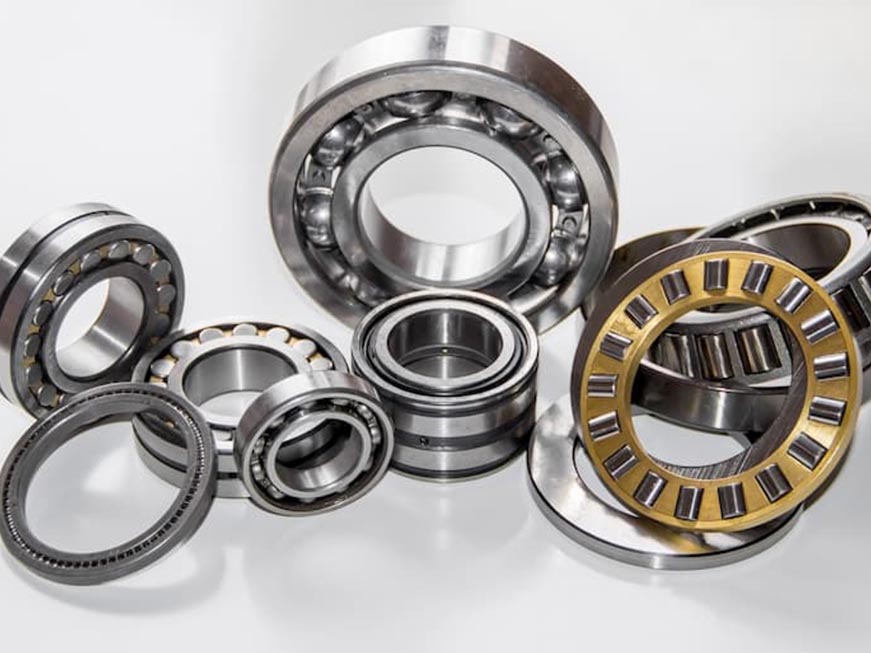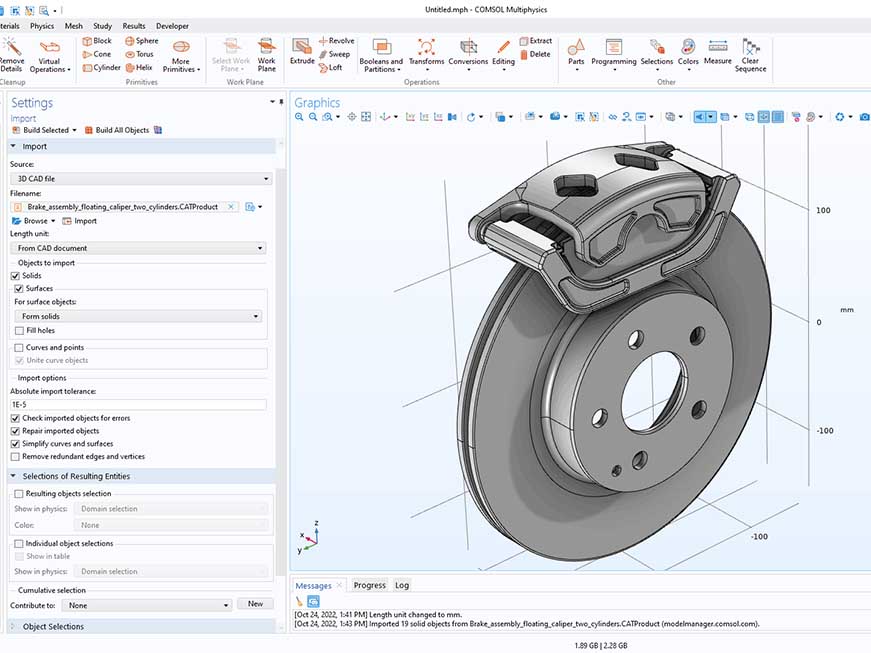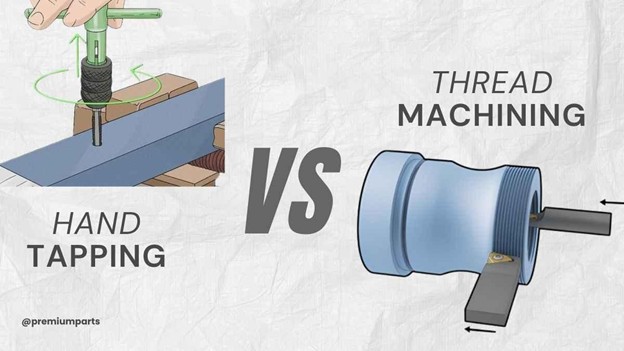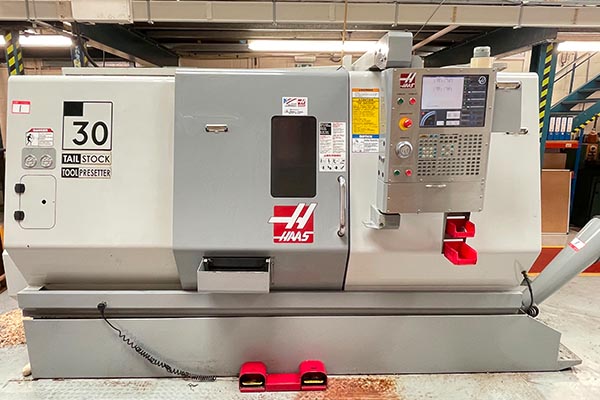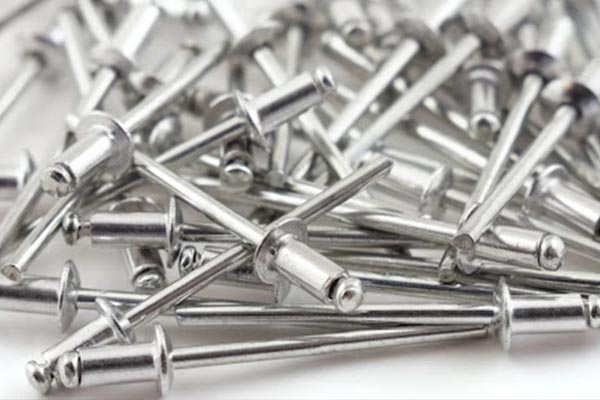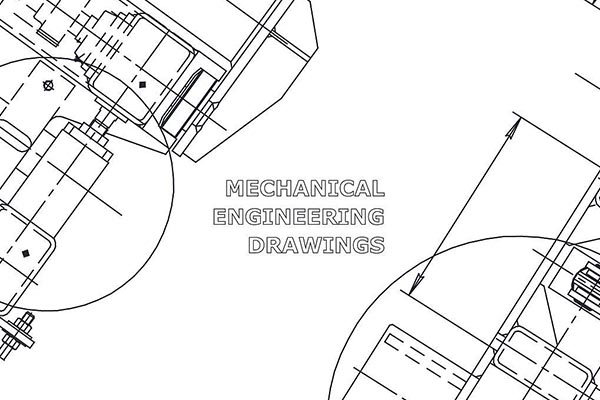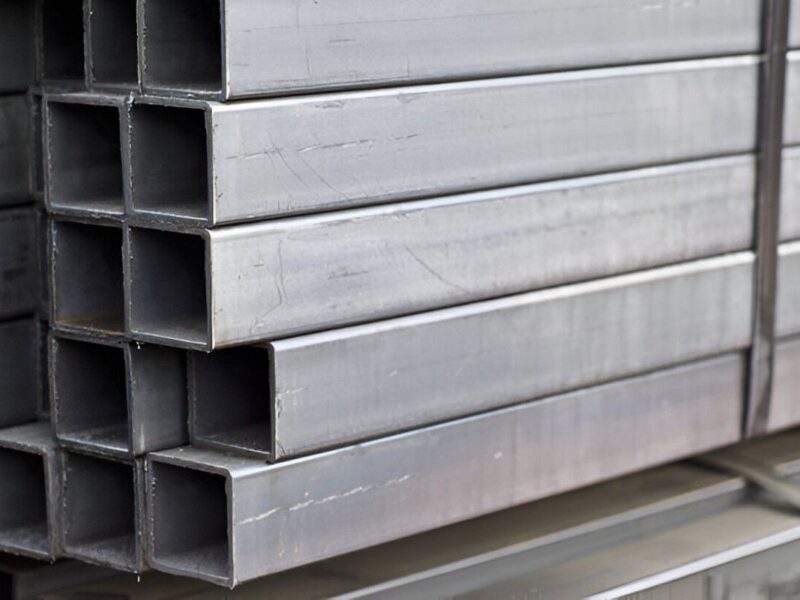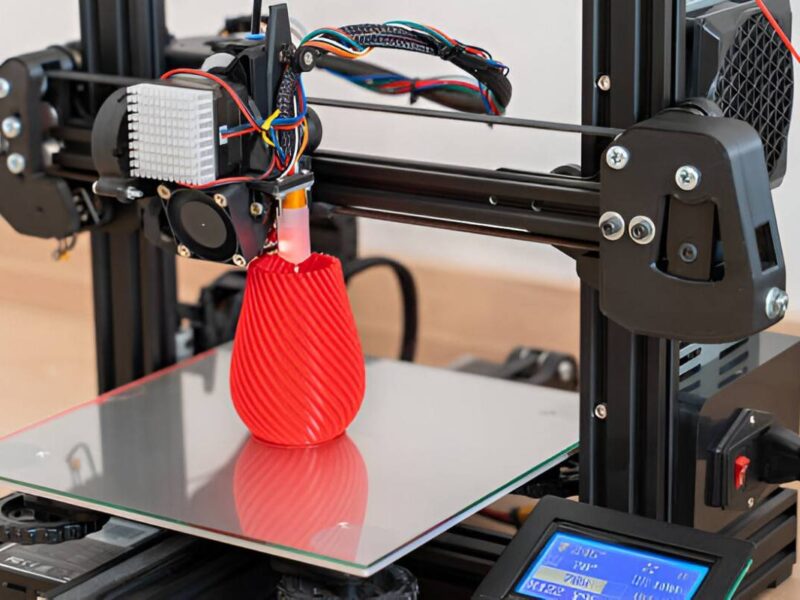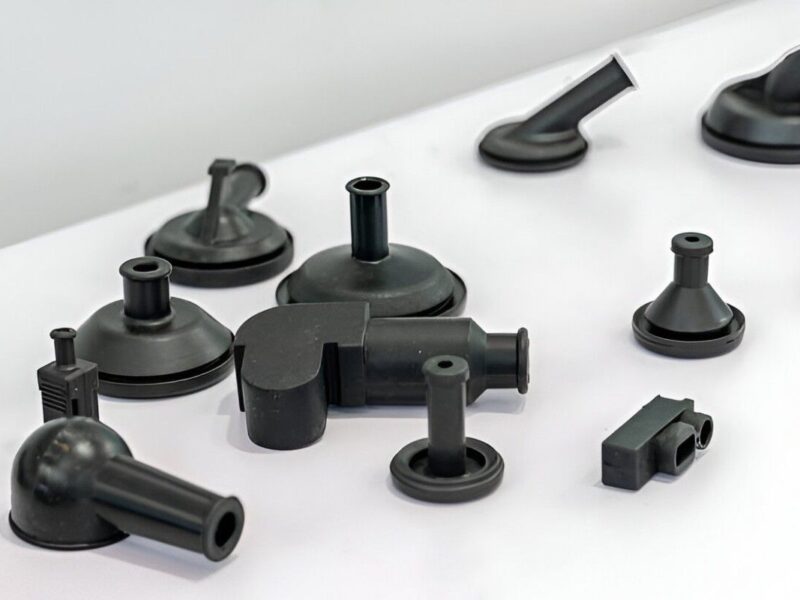If you belong to the precision manufacturing industry, you would agree that even the smallest things can make the biggest differences. For example, how well all the screws fit a part. This is where a hole and its features come in.
Spotface and counterbore are two hole features that every man in the industry would vouch for. While both involve altering the surface surrounding the hole to ensure the screw fits better, they are surprisingly different from each other. Their applications vary such that each is preferred for a different purpose.
This guide will compare Spotface Vs Counterbore to help answer any questions you may have.
Introduction: Spotface Vs Counterbore – What is Each Hole Like?
What is A Spotface Hole?
A spotface hole is a cylindrical recess surrounding the starter hole. It is quite shallow. Professionally, the starter hole is referred to as the pilot hole. Spotface hole provides a flat and smooth mounting surface for parts like screws and bolts to fit into.
It allows the attachments to sit on an even surface instead of being shifted below the workpiece’s surface. Spotface holes are particularly preferred for uneven and rough surfaces, such as curved areas. Without this, the clamping force can result in unnecessary pressure, causing damage over time. With spotface holes, however, the surface becomes even to hold the attachments securely by evenly distributing its weight onto the entire area.
What is A Counterbore Hole?
A counterbore hole is another circular or cylindrical recess that surrounds the pilot hole. However, unlike the spotface hole, it is way deeper. The primary aim of the design is to make the head of attachment sit below or with the surface of the workpiece. This allows you to protect the heads of all attachments, like bolts and screws.
This feature is necessary in components where a part has to slide against another, and the screw head can come in its way. This can damage both the part and the screw, so we use a counterbore hole to protect the screw head. First, you have a flat-bottomed pilot hole to hold the shaft of the screw. Then, it has this larger recess over the pilot hole to hold the screw head.
- A spotface is also called a shallow counterbore hole.
- A counterbore cannot be described in terms of spotface because spotface is considered a shallow variant of counterbore.
Spotface Vs Counterbore Hole: Shape
At first glance, spotface and counterbore holes might seem very similar. Both have a cylindrical recess surrounding the pilot hole. This is mainly because the same processes, like mechanical milling or drilling, are used to create these holes. However, there are some very clear differences in their shapes when you look closely.
In both cases, a pilot hole is first drilled into the workpiece. The spotface hole then goes on top of this pre-drilled hole. The primary aim is to make an even surface for the attachment head to sit on. In case of clamping force or pressure, it helps avoid unnecessary damage. However, the entire structure has a similar overall shape. It is not particularly separated into two different parts. It only has enough depth to flatten an uneven area.
Next, counterbore holes are constructed similarly. A larger, coaxial hole is drilled above the pilot hole to fit the head of the attachments. Thus, the pilot hole meant to hold the shaft and the coaxial hole; they are two separate parts. Counterbore holes can have the same diameter as spotface, but the depth varies significantly. This is because counterbore holes are meant to completely hide the attachment head.
Spotface Vs Counterbore Hole: Depth
Depth is the primary difference between spotface and counterbore holes. They both share a similar shallow, starter hole meant to hold the shafts of attachments. What differs is the depth of the coaxial surface built on top of these holes to hold the heads.
In spotface, the purpose is to provide a flat surface for the heads to sit against. Therefore, the upper cavity isn’t as deep. It is intentionally kept shallow. It is only deep enough to even out the rough or curved surfaces to allow even load distribution. This helps avoid unwanted scratches and damage.
On the other hand, a counterbore is designed to hide the head entirely. Therefore, the recess is purposely kept very deep to match the diameter and height of the attachment head. It is particularly useful when working with moving parts where the head must not come in the way. For counterbore holes, you need to individually tailor each hole to meet the measurements of the attachment you will use.
Spotface Vs Counterbore Hole: Tools
Although the same processes are employed to create both holes, the tools in question vary depending on the method used, the measurements decided, and the level of precision required.
Creating spotface holes requires simpler tools. Commonly, cutters are used where minimum removal is required to even out a surface. For industries like CNC machining, end mills are used to achieve cleaner cuts. However, for larger areas, face mills are employed to ensure precision.
Alternatively, counterbore holes demand an upper cavity with a greater depth. For this, extra material has to be removed from the workpiece. Counterbore cutters are a basic tool that comes with a pilot tip. This tip is put into the shallow hole to keep it aligned by centering the upper cavity around it. Just like spotface, end mills are used when CNC machining is involved. Often, a spot drill and the tools mentioned earlier are used together to drill the pilot hole and upper cavity in one single step.
Spotface Vs Counterbore Hole: Tolerance
In precision manufacturing, tolerance refers to how much the actual product can vary from its intended design while still maintaining its functionality. So a tighter tolerance means greater precision.
In the case of spotface holes, they have a looser tolerance. Since the main purpose is an even surface alone, dimensional tolerance is not too strict.
On the other hand, a counterbore hole must have a very precise diameter and depth. This means a tight tolerance. While depth helps ensure the head lies with or below the surface, the diameter enables a tight trip.
Spotface Vs Counterbore: Surface Finish
Although both spotface and counterbore holes have an even, smooth surface, the overall surface finish is slightly different.
For spotface holes, the surface has to be completely even for the heads to sit on. However, the upper cavity in counterbore holes has a greater depth, so the walls that are supposed to surround the head can be rough and uneven. This often ensures a tighter grip.
Spotface Vs Counterbore Hole: Callout Symbols
The callout symbols are particularly important. They help engineers label each hole distinctively on the blueprints used in machining industries. For example, the mechanical drawings.
A counterbore hole is indicated with a “⌴” symbol. The diameter and depth are also specified to ensure precision. This helps ensure that the recess area fits the head of attachment tightly. Similarly, spotface holes are generally indicated using the letters “SF”. The spotface callout symbol is the counterbore symbol with an “SF” engraved inside it.
Spotface Vs Counterbore Hole: Applications
Spotface and Counterbore holes have different, yet equally important applications across different industries.
General Manufacturing
Both holes help ensure alignment in everyday operations. With a pilot hole to hold the shaft and an upper cavity shaped for the head, they allow you to build tight, secure, and precise connections between different parts. They are widely used in:
- Consumer goods
- Machine housings
- Fixtures
- Bracket assemblies
- woodwork
Aerospace
The entire aeronautical industry demands very precise and accurate components. One small error can quickly become life-threatening. A few applications include:
- Engine assembly
- Landing gear
- Aircraft panels
- Machine housings
Automotive
In the automotive industry, counterbores and spotfaces allow you to establish secure connections when assembling engine parts and other components.
Particularly, they are used to build:
- Control arms
- Steering wheels
- Dashboards
- Pumps
- Brackets
Spotface Vs Counterbore Hole: Machining Processes
Generally, spotface and counterbore holes are created by employing the same machining processes. These techniques aren’t very complicated as long as the technician is skilled at what he is doing. Manual milling and CNC milling are two widely adopted processes.
CNC Milling
CNC milling – Computer Numerical Control milling is an automated process. Based on its name, it uses computer-controlled machinery to drill a pilot hole and then recess the surrounding area to create a coaxial hole for the head. This ensures dimensional stability and helps balance the load properly. The process allows for great precision and accuracy, all while providing an ideal surface finish.
Manual Milling
Manual Milling is a traditional method. Technicians use manual cutters to cut the required measurements with the help of milling machines. It is commonly used for low-volume productions and for situations that require less precision. This technique is much more flexible and economical, especially when you consider smaller batches.
Other Types of Holes in Engineering
- Simple hole: A simple hole is constructed by cutting out a cylinder of a certain depth from a workpiece. It does not have any extra features.
- Blind hole: It is a hole that does not reach the other side of a workpiece. Its depth is less than its dimensions.
- Through hole: A through hole goes all the way through a workpiece and reaches its other side.
- Tapered hole: Its diameter changes along the entire length. Basically, one end of the hole has a larger diameter than the hole on the other end.
- Tapped hole: A tapped hole is named after the threads it consists of. These threads have a certain depth and are built with a tool called a tap.
- Countersink hole: it is a blind hole, except that at its outer face is a conical cutout to accommodate fasteners with such shapes.
Summary
Spotface and counterbore holes are important staples of the manufacturing industry. Especially in fields like aerospace and automotive, where precision is a necessity, they have various applications.
This article discusses varying features of Spotface Vs Counterbore holes, their particular applications, and the techniques employed to construct them. If you have any other questions, reach out to us and we’ll be more than happy to answer.
FAQ’s
Q1. How do I know if my drawing refers to a spotface or counterbore?
If it contains only the “⌴” symbol, it refers to a counterbore. However, if an “SF” is engraved into this symbol, it refers to a spotface hole.
Q2. How can I differentiate between spotface and counterbore?
The depth of the upper cavity. Counterbore has a greater depth than spotface, which usually matches the height of the screw head used.
Q3. When should I prefer spotface and when counterbore?
When you only need an even surface for the screw head to sit on, prefer a spotface hole. However, if you need to hide it completely, use a counterbore hole.


